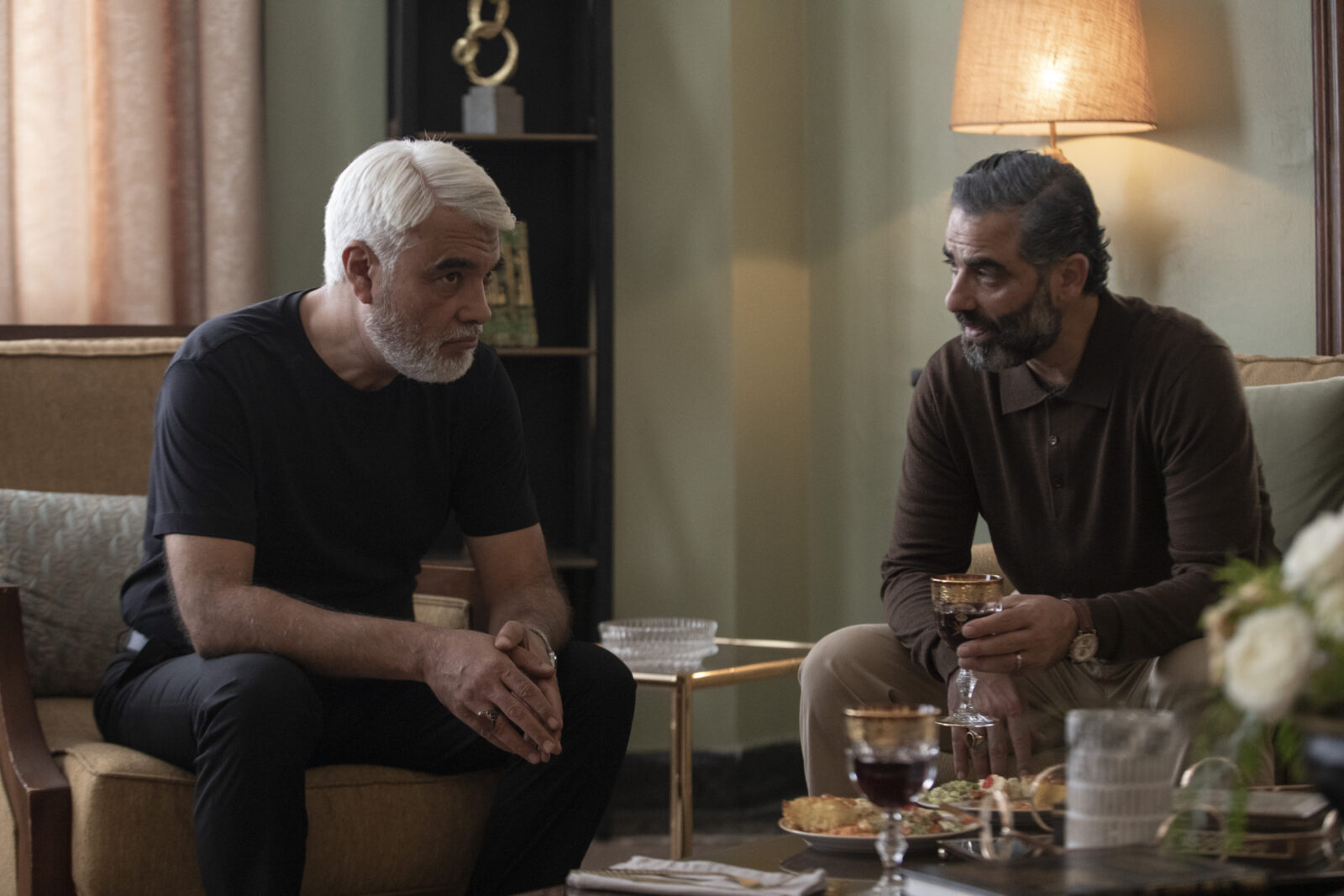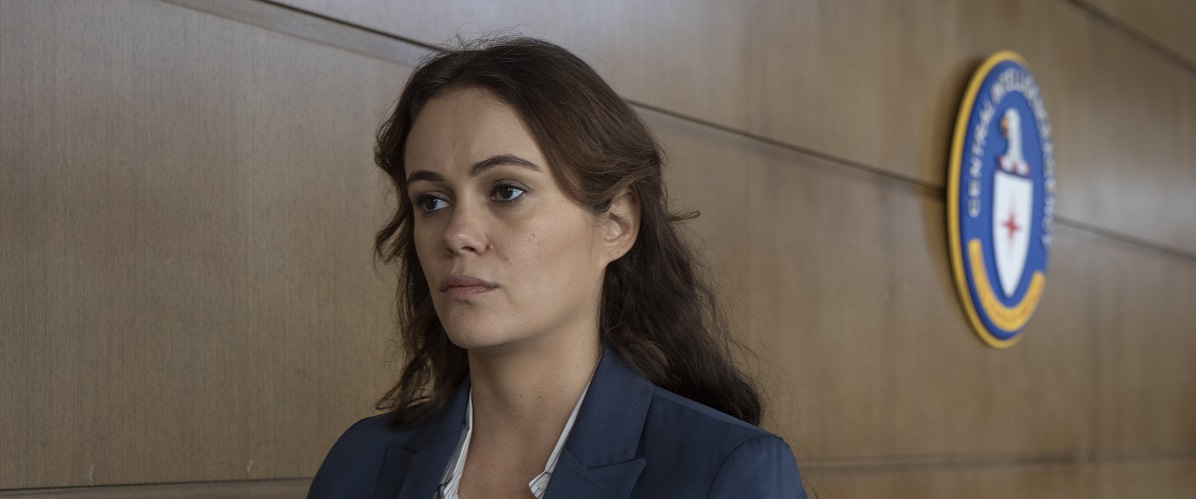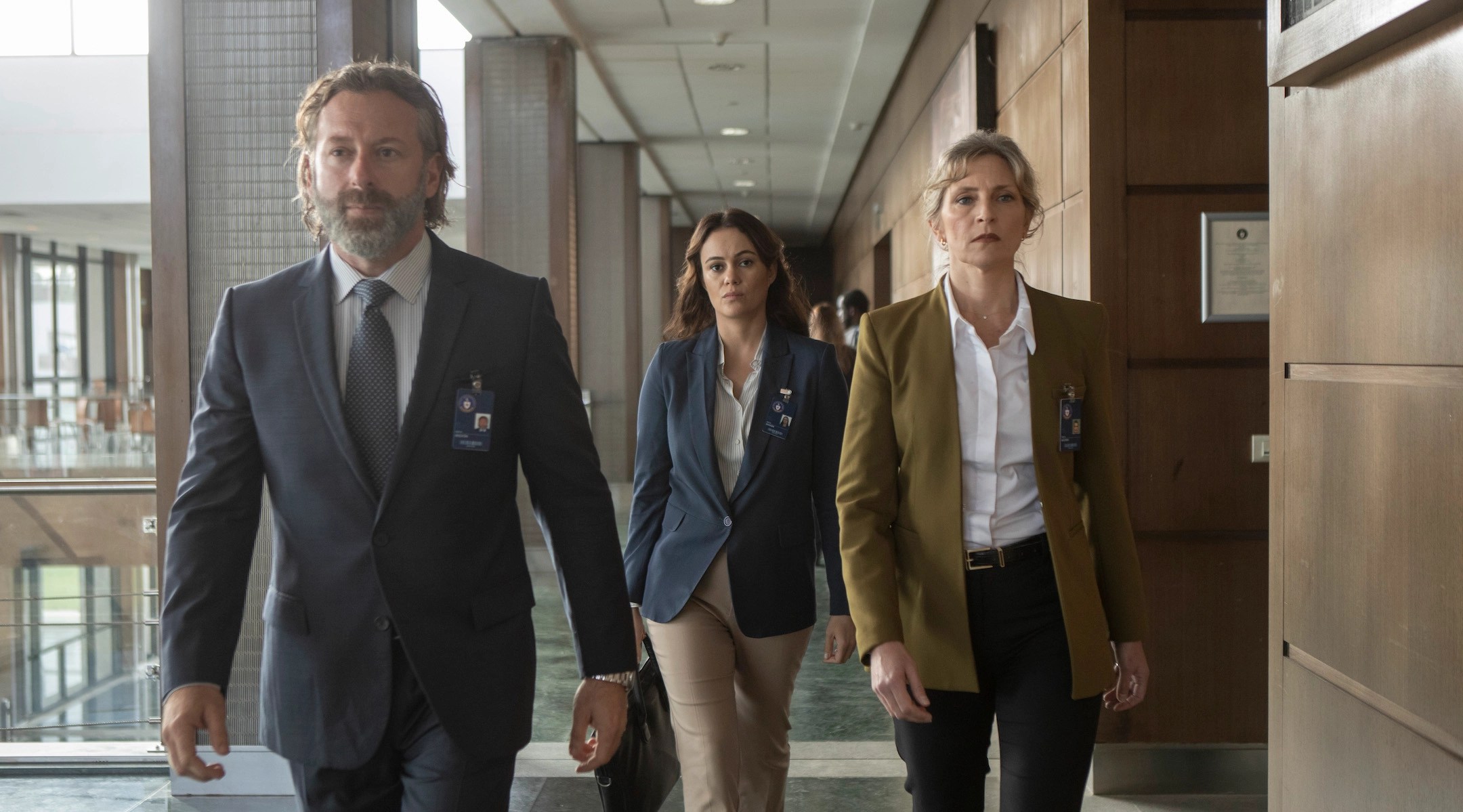‘Ghosts of Beirut’ revolves around a joint operation conducted by the CIA and Mossad to take down Imad Mughniyeh, the elusive leader of Hezbollah — a Lebanese militant group — who is said to be the mastermind behind several heinous acts of terrorism, including suicide bombers. Created by Avi Issacharoff, Lior Raz, and Greg Barker, it features an ensemble cast comprising Dermot Mulroney, Dina Shihabi, Garret Dillahunt, Iddo Goldberg, Hisham Suleiman, and Rafi Gavron, among others.
Captured, at times, in the form of a documentary, Showtime’s thriller series definitely looks believably true to the audience, making many wonder about the origin of the story. But just how much of it simply looks authentic, and how much is actually true? Let’s dive in and find out!
Ghosts of Beirut: CIA’s Prolonged Hunt for Imad Mughniyeh
Yes, ‘Ghosts of Beirut’ is a true story. The Showtime mini-series is based on the real-life account of the CIA’s attempts to capture Hezbollah terrorist Imad Mughniyeh, which went on for over two decades, and the ultimate conclusion to the hunt with the help of Mossad, the Israeli intelligence agency. Though the series utilizes the records of this operation, much of it is still classified, so ‘Ghosts of Beirut’ only gives a glimpse of what happened, with more than a few creative liberties to fill in the gaps.

From what is publicly known, Mughniyeh was the head of the Hezbollah security network during the Lebanese civil war. During this time, Mughniyeh was involved in the bombing of the U.S. embassy, and the U.S. Marine and French peacekeeping barracks in Beirut in 1983. The 1992 bombing of the Israeli embassy in Buenos Aires and the kidnapping of Westerners in Lebanon in the 1980s has also been attributed to the notorious Hezbollah leader.
The Israeli government, on the other hand, blames Mughniyeh for planning the 1994 bombing of a Jewish Centre in Buenos Aires, Argentina’s capital, that resulted in the deaths of 87 people. They also accused him of bombing the Israeli embassy in the city back in 1992. But these are only a few of the incidents that the Hezbollah leader is said to have masterminded. Mughniyeh’s infamous career came to an end when he was killed in a car bombing in 2008.
But does Mughniyeh truly warrant an entire television series centered around him? Avi Issacharoff, one of the show’s creators, answered this question in an interview with The Washington Post. He mentioned that in his time as a journalist in the Middle East – while the Lebanon-Israel war was going on – he became familiar with Imad Mughniyeh while researching Hezbollah. “I wrote my thesis in my master degree in Middle Eastern studies about Hezbollah and Iranian connection, and over there, again, the name of Imad Mughniyeh was mentioned over and over again,” said Issacharoff.
He added, “Wherever I looked, wherever I researched, Imad Mughniyeh was this kind of a figure. So it became for me a kind of, almost an obsession, a white whale or whatever you want to call it.” But while Mughniyeh’s exploits in the Middle East and the subsequent hunt for him are fascinating in themselves, ‘Ghosts of Beirut’ does not present a clear black and white portrait of the former Hezbollah leader. There are still good and bad guys, but the story makes distinguishing between the two that much harder.
“…One of the things that really made us understand that we have a real drama is to understand that the process that the Mossad and the CIA went through in order to reach their obsession, in order to get to the bad guy, they were willing to do horrifying things, including things that we might call as terrorist attacks,” Issacharoff continued. In order to depict the search for Imad Mughniyeh, as well as authentically showcase the far-reaching consequences of his actions, ‘Ghosts of Beirut’ tells the whole story from various different perspectives – that of the Iranians, the Lebanese, the CIA, and Mossad.
Leading the charge in the show is Lena Asayran (Dina Shihabi), a Lebanese-born CIA operative. To play such an intense role, Shihabi apparently did her own extensive research, aided by the show’s creators. “I told Greg [Barker] I wanted to be connected with as many people as possible, and he really rose for the occasion and sent me every book and every contact. And there were two women, in particular, that had an immense impact on me–Hanin Ghaddar, who’s a journalist, a Shia Lebanese journalist who lives in Washington, D.C.; and then a woman who’s an ex-CIA targeter,” Shihabi told The Washington Post.

The actress added, “And I just spoke to them at lengths and asked them, you know, uncomfortable, intimate questions that they were very generous with.” In the series, Lena herself is a Shia, so the fight against Mughniyeh is that much more personal to her because the Shias are the ones that were incited by Hezbollah to execute their terrorist plans. She added, “Hanin, in particular, had an effect on me because of her anger. I think people forget when you’re looking at it from a Western perspective that Arabs get affected by someone like Imad Mughniyeh as much as the West does, maybe even more.”
Shihabi continued, “And her anger towards what’s happened in Lebanon and her–how important that was for Lena to channel that anger really stayed with me for the project.” Driven by a well-rounded screenplay, ‘Ghosts of Beirut’ also drives the point across that it is based on a true story and is the result of exhaustive research by interspersing the episodes with real-life agents talking about their experiences. An incredible thriller with an intricate storyline and a truly eye-opening view into the world of espionage and counterterrorism, ‘Ghosts of Beirut’ is a must-watch for everyone.
Read More: Where is Ghosts of Beirut Filmed?


You must be logged in to post a comment.